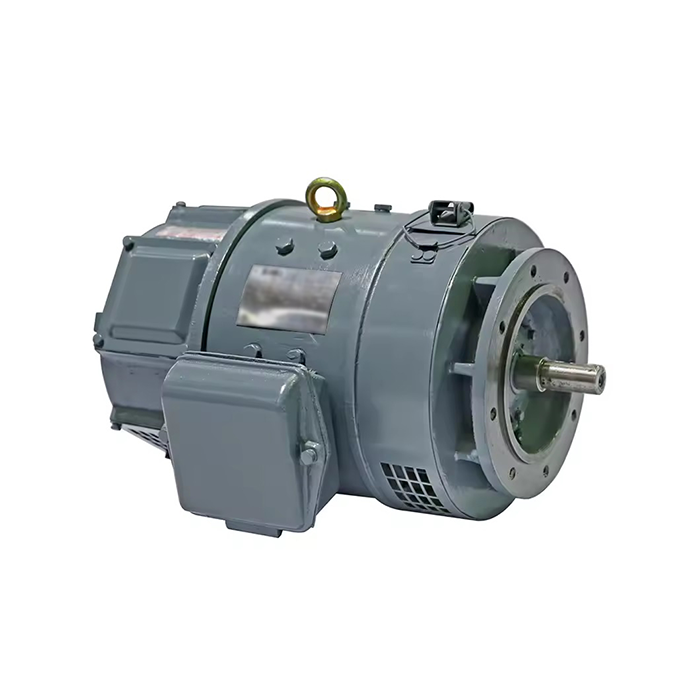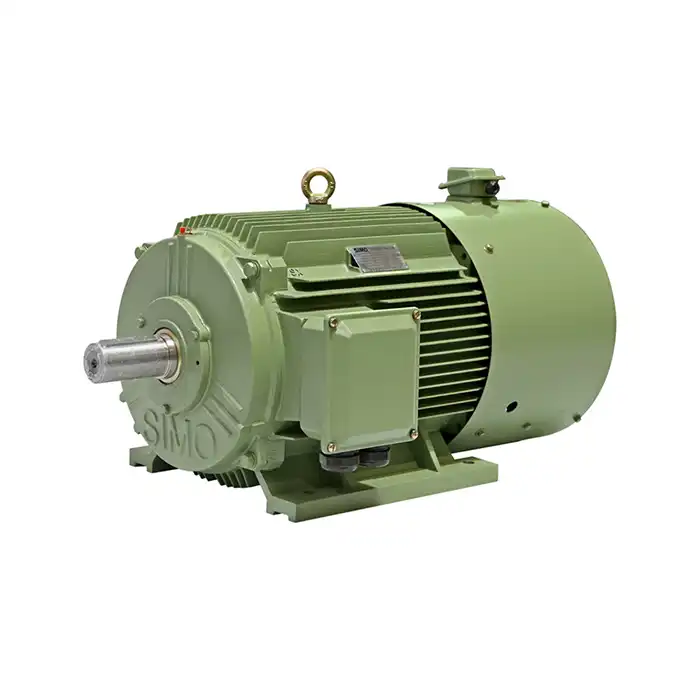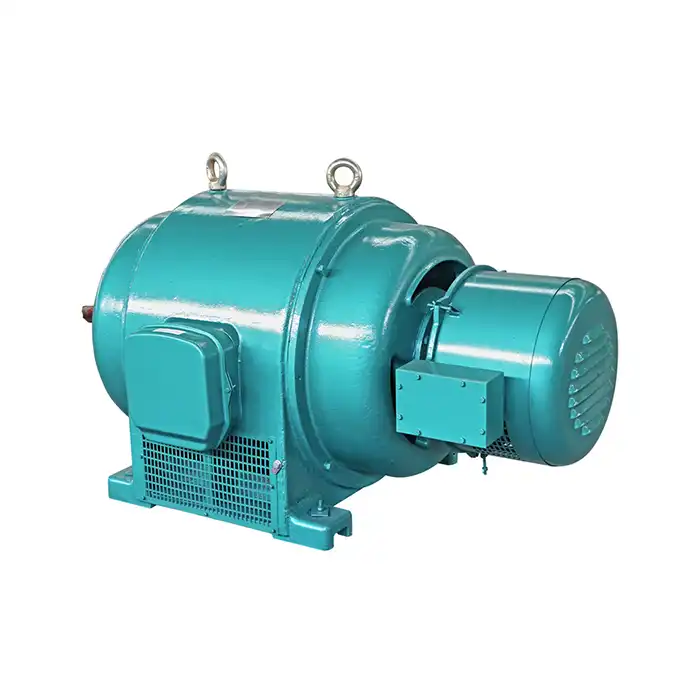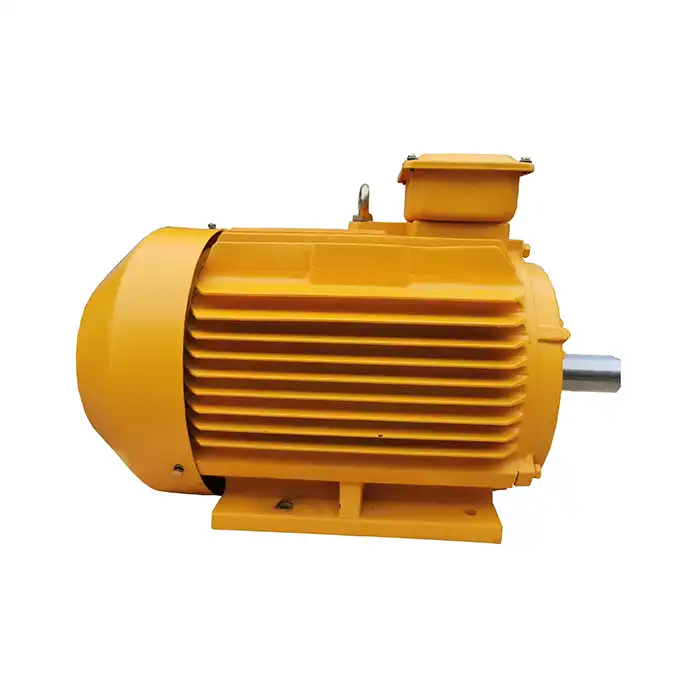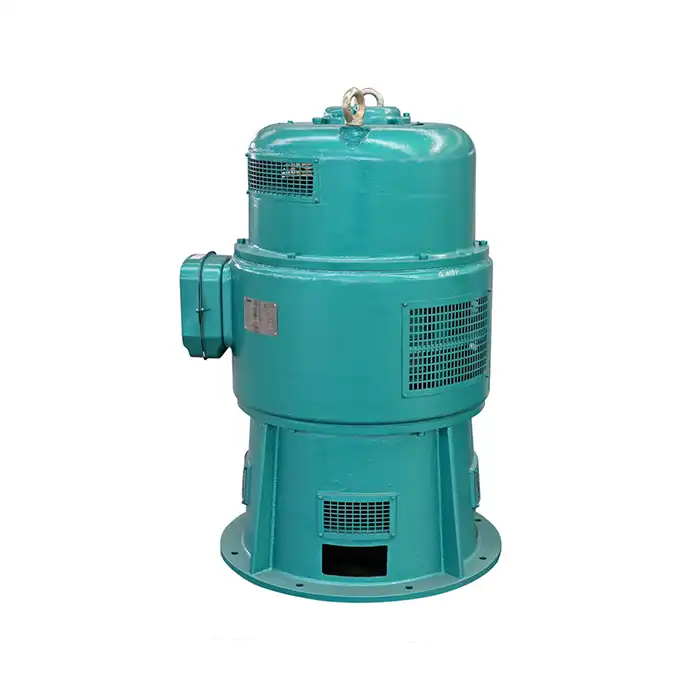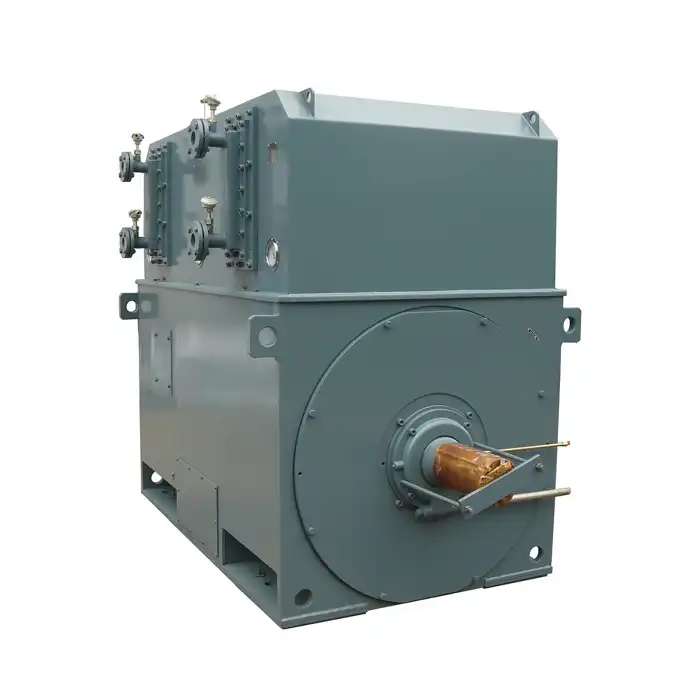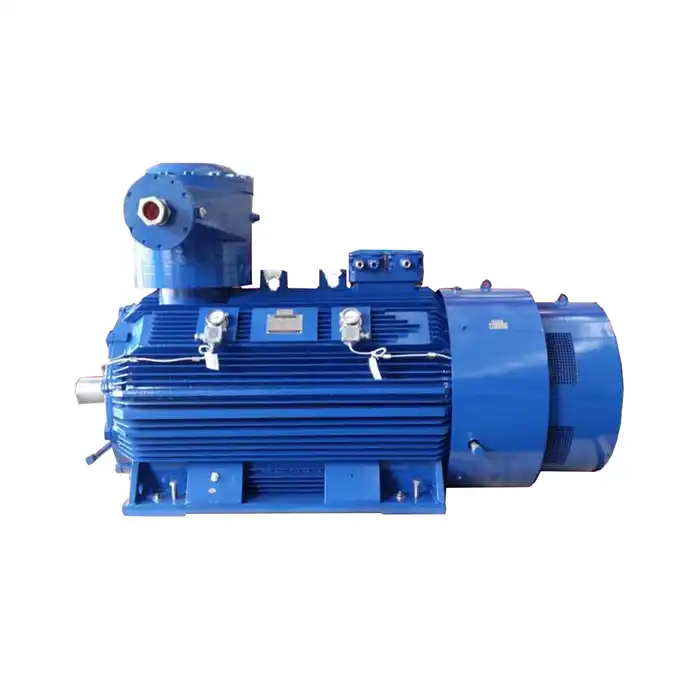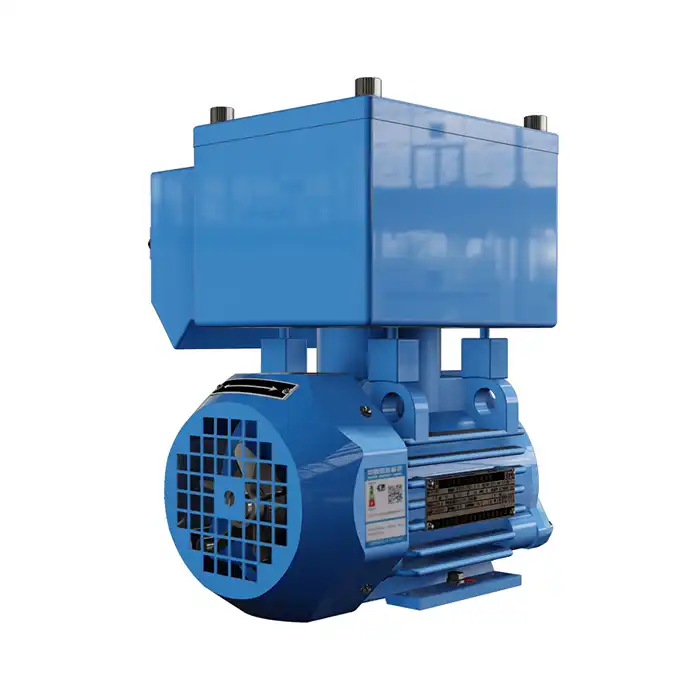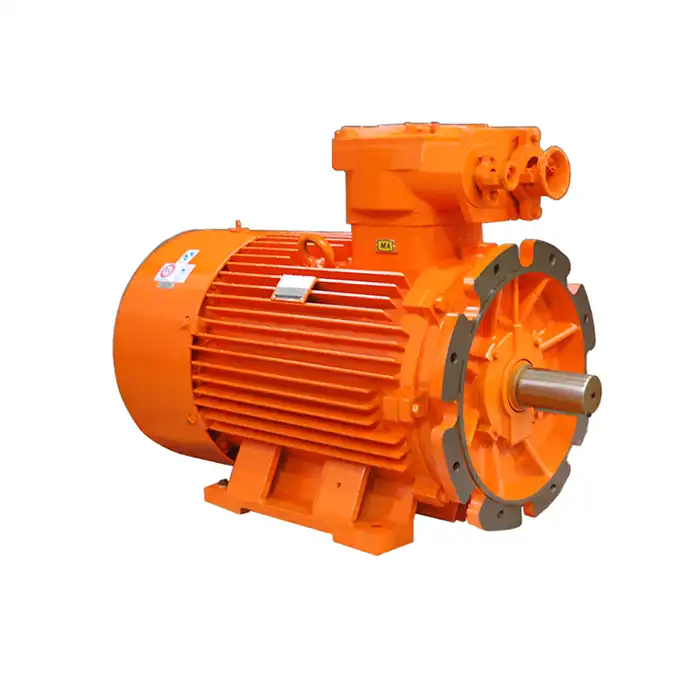Analyzing Current Density and Commutation Requirements
When selecting brush grades for Z2 DC motors, understanding current density and commutation requirements is paramount. These factors directly influence the motor's performance and the brush's lifespan.
Current Density Considerations
Current density refers to the amount of electric current flowing through a unit area of the brush. It's a crucial factor in determining the brush's ability to handle the motor's electrical load without excessive wear or damage.
- Low current density: For applications with intermittent use or lower power requirements, brush grades with lower conductivity may be suitable.
- High current density: In high-power applications or continuous operation, brush grades with higher conductivity and heat dissipation properties are necessary.
To calculate the current density, divide the motor's amperage by the brush's contact area. This value helps in selecting a brush grade that can withstand the electrical stress without premature failure.
Commutation Requirements
Commutation is the process of switching current direction in the motor's armature windings. Proper commutation is essential for smooth motor operation and minimizing brush wear.
- Soft commutation: For motors with well-designed commutators and stable operating conditions, softer brush grades may be suitable.
- Hard commutation: In applications with frequent starts and stops or variable loads, harder brush grades might be necessary to withstand the increased mechanical stress.
Consider the motor's commutator condition, operating speed, and load variations when evaluating commutation requirements. These factors will guide you towards selecting a brush grade that can maintain good contact with the commutator while minimizing wear and electrical arcing.
Matching Brush Materials to Operating Environments
The operating environment plays a significant role in determining the most suitable brush grade for Z2 DC motors. Different environments present unique challenges that can affect brush performance and lifespan.
Temperature and Humidity Considerations
Ambient temperature and humidity levels can significantly impact brush performance:
- High-temperature environments: In applications where motors operate in elevated temperatures, such as industrial furnaces or certain manufacturing processes, brush grades with higher heat resistance are essential.
- Humid conditions: For motors operating in humid environments, brush grades with moisture-resistant properties help prevent premature wear and electrical issues.
Select brush grades that maintain their mechanical and electrical properties within the expected temperature and humidity ranges of your specific application.
Dust and Contaminants
In environments with high levels of dust or other airborne contaminants, brush grade selection becomes even more critical:
- Abrasive environments: For applications in mining, cement production, or other dusty settings, harder brush grades with good wear resistance are often necessary.
- Chemically aggressive atmospheres: In the presence of corrosive gases or chemicals, brush grades with enhanced chemical resistance help maintain performance and longevity.
Consider the nature and concentration of contaminants in your operating environment when selecting brush grades. This approach helps ensure that the brushes can withstand the additional stress and maintain proper electrical contact.
Altitude and Atmospheric Pressure
For applications at high altitudes or in pressurized environments, brush grade selection must account for changes in air density and cooling efficiency:
- High-altitude operations: At higher altitudes, the reduced air density can affect brush cooling and wear rates. Brush grades with enhanced self-lubricating properties may be beneficial.
- Pressurized environments: In sealed or pressurized motor enclosures, brush grades that generate minimal dust and maintain stable electrical properties are preferable.
By considering these environmental factors, you can select brush grades that not only meet the electrical and mechanical requirements of your Z2 DC motor but also withstand the specific challenges posed by the operating environment.
Successful Brush Grade Selection
Achieving successful brush grade selection for Z2 DC motors involves a systematic approach that considers multiple factors and often requires some trial and error. Here are key strategies to ensure you choose the most appropriate brush grade for your application.
Conducting Performance Tests
Before finalizing your brush grade selection, it's advisable to conduct performance tests:
- Laboratory testing: Simulate operating conditions in a controlled environment to evaluate brush performance, wear rates, and electrical characteristics.
- Field trials: Install different brush grades in actual operating conditions and monitor their performance over time. This real-world testing can provide valuable insights into long-term suitability.
Performance tests help validate your brush grade selection and can reveal potential issues before full-scale implementation.
Consulting with Experts
Engaging with brush manufacturers and motor specialists can significantly improve your selection process:
- Technical consultations: Discuss your specific application requirements with brush grade experts who can provide tailored recommendations based on their experience and product knowledge.
- Collaboration with motor manufacturers: Work closely with the Z2 DC motor manufacturer to ensure that the selected brush grade aligns with the motor's design specifications and performance expectations.
Expert advice can help you navigate complex selection criteria and avoid common pitfalls in brush grade selection.
Monitoring and Adjusting
Brush grade selection is not a one-time decision. Continuous monitoring and adjustment are essential for optimal long-term performance:
- Regular inspections: Implement a schedule for inspecting brush wear, commutator condition, and overall motor performance.
- Data collection: Keep detailed records of brush performance, including wear rates, electrical characteristics, and any observed issues.
- Iterative improvements: Based on collected data and observations, be prepared to fine-tune your brush grade selection or explore alternative options if performance does not meet expectations.
This ongoing process of monitoring and adjustment ensures that your Z2 DC motor maintains optimal performance throughout its operational life.
Balancing Cost and Performance
While selecting the most suitable brush grade, it's important to consider both immediate costs and long-term value:
- Initial investment: Higher-quality brush grades may have a higher upfront cost but often provide better performance and longer lifespan.
- Lifecycle costs: Consider the total cost of ownership, including maintenance requirements, replacement frequency, and potential downtime associated with different brush grades.
- Performance benefits: Evaluate how improved brush performance can contribute to overall motor efficiency, reliability, and productivity in your specific application.
By carefully weighing these factors, you can select a brush grade that offers the best balance of performance and cost-effectiveness for your Z2 DC motor applications.
Conclusion
In conclusion, selecting the proper brush grade for Z2 DC motor applications is a multifaceted process that requires careful consideration of electrical, mechanical, and environmental factors. By thoroughly analyzing current density and commutation requirements, matching brush materials to operating environments, and implementing a systematic selection process, you can optimize the performance and longevity of your Z2 DC motors.
Are you looking to enhance the performance of your Z2 DC motors through proper brush grade selection? Shaanxi Qihe Xicheng Electromechanical Equipment Co., Ltd. specializes in providing tailored power equipment solutions for various industrial applications. Our team of experts is ready to assist you in selecting the ideal brush grades for your specific needs, ensuring optimal efficiency and reliability. Whether you're in manufacturing, process control, HVAC, energy production, or any other industry requiring high-performance DC motors, we have the expertise to help. Contact us today at xcmotors@163.com to discuss how we can improve your motor performance and reduce operational costs.
References
1. Johnson, M. R. (2019). "Brush Grade Selection Criteria for Industrial DC Motors." Journal of Electrical Engineering, 45(3), 278-292.
2. Smith, A. L., & Brown, K. T. (2020). "Environmental Effects on DC Motor Brush Performance." Industrial Motor Systems Quarterly, 18(2), 112-127.
3. Lee, S. H., et al. (2018). "Optimizing Brush Grades for High-Current Density Applications in Z-Series DC Motors." IEEE Transactions on Industrial Electronics, 65(9), 7234-7245.
4. Garcia, R. P., & Martinez, L. O. (2021). "Comparative Analysis of Brush Materials for Harsh Operating Environments." International Journal of Electromechanical Systems, 12(4), 401-416.
5. Wilson, T. E. (2017). "Long-term Performance Evaluation of DC Motor Brush Grades in Variable Load Conditions." Proceedings of the 9th International Conference on Electric Machines and Drives, 215-228.
6. Thompson, C. R., & Davis, E. M. (2022). "Cost-Benefit Analysis of Advanced Brush Grades in Industrial DC Motor Applications." Journal of Power Electronics, 22(1), 89-104.



